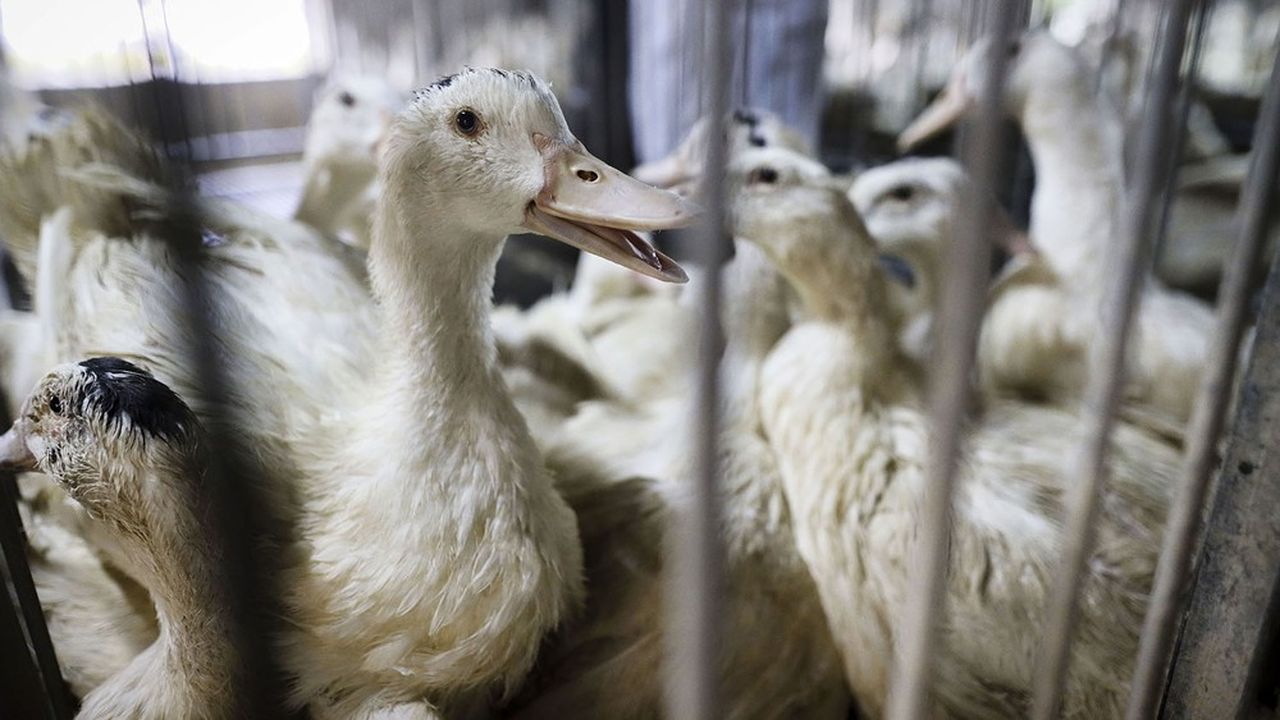
Avian influenza is a growing concern for scientists. Because it spreads and there is a risk of transmission to humans through contact with a sick bird. Between 2003 and 2022, 873 human cases were recorded worldwide. It is associated with a high fatality rate of 438 deaths,” summarizes infection scientist Dennis Malvey, member of the Committee on Monitoring and Prediction of Health Risks (COVARS).
Therefore, cases of human avian influenza are still rare but not impossible and can be underestimated because “these are cases reported in passive surveillance. So this is the tip of the iceberg and this assumes a higher number of cases ”in fact, continues Dennis Malvey.
endemic disease
Faced with the scale of last year’s bird flu, the government contacted Covars for advice and its 55-page report was presented on Monday. In short, “we must strengthen surveillance”, confirms Covars President Brigitte Otran. And of course working on human treatments and vaccines.
Worryingly, bird flu, which used to be seasonal, is no longer so. It is now present year-round in the territory and its current form, H5N1, could become highly pathogenic, with almost 100% bird mortality. “H5N1 has become endemic. This has been the situation in France for two years now, and this increases the risk of spread,” notes Covars member virologist Bruno Lena.
Last year, France experienced an “unprecedented epidemic of highly pathogenic avian influenza (HPAI), which led to the preventive slaughter of 21 million birds in order to reduce the risk of spread, especially among humans,” Covars recalls. This led to the decision to vaccinate flocks in the future, as there is a vaccine for birds. The bird flu vaccination campaign is scheduled to start in October, according to the Ministry of Agriculture. The virus has already made its way back to the Southwest.
Three variants in humans
But if we can limit its spread, it is impossible to eradicate bird flu, due to the inability to vaccinate wildlife. For Covars, the worst-case scenario would be the emergence of a chain of transmission to mammals or humans with a mutation in the virus, which would open the door to a pandemic.
There are many types of avian influenza virus. At the moment, only three have been transmitted to humans. But H5N1 is highly pathogenic, which increases its risk. “It is not only necessary to watch the birds, but also the other animals. Supervision of pig farms is important,” Bruno Lina stresses. Like the monitoring, which must be carried out at the European level, the race to develop treatment strategies is on.






